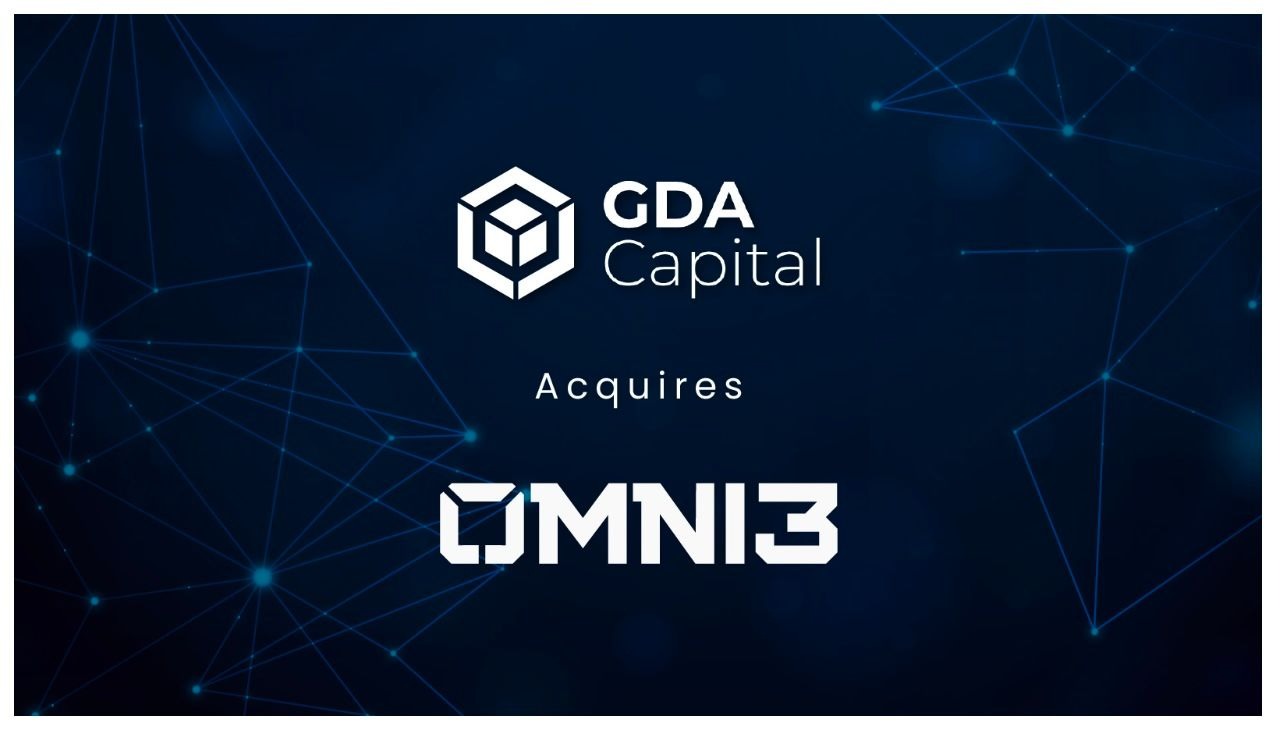Aave is a decentralized lending system built on the Ethereum blockchain. It allows users to lend, borrow and earn interest on an assortment of cryptocurrency assets.
In order to borrow, users must post collateral in the form of another asset and they can only borrow up to the value of the collateral.
Aave is decentralized, in that the assets are managed by a network of computers running the Aave software via smart contracts.
HOW IT ALL STARTED
Aave was founded in 2017 by Stani Kulechov and is based in Switzerland.
The company was originally named ETHLend and they raised $16.2 million in their ICO in 2017, selling a total of 1 billion units of their native currency, then called LEND.
ETHLend was a peer-to-peer system that matched lenders and borrowers. ETHLend was renamed Aave in 2018, with ETHLend becoming a subsidiary of Aave.
HOW IT WORKS
Aave is a system of pools that lenders and borrowers interact with. Lenders deposit into the pool to earn interest and borrowers draw from these pools when they are wanting to take a loan. At the time of writing, there are 23 cryptocurrencies supported by the Aave system, which offers a very wide range of pools resulting in a huge liquidity pool, making larger loans for borrowers and more returns for liquidity providers possible.
When users deposit into the lending pools, they are issued aTokens, allowing them to collect interest on their deposits. Borrowers who are looking to take a loan can choose from a wide range of cryptocurrencies, including Aave’s native currency, AAVE. There are several advantages to choosing AAVE as the borrowed currency, such as no fees when taking loans and also discounted fees when using AAVE as collateral.
Aave makes use of Chainlink’s oracles to determine the real-time value of collateralized assets. Chainlink is one of the most popular and trustworthy oracles in the cryptocurrency space and the real-time data feeds are critical to ensuring the stability of Aave’s lending pools.
The beauty of a system like Aave, using smart contracts, is that users don’t need to rely on or trust any third party or institution to manage the funds and lending pools. It is a trustless system, made stable due to the decentralized network of machines running the Aave software. There is no middleman.
Aave makes use of reserve fund liquidity pools. These help counteract market volatility and also offer a layer of protection and insurance to lenders, that their funds will be available when they want to withdraw from the liquidity pools.
Aave is open source, meaning anyone can interact with the user interface client, API or directly with the smart contracts. This allows developers to build a third-party application that can interact with the protocol and empower their products to offer more to their users.
SECURITY OF THE SYSTEM
In any loan protocol that uses cryptocurrency as collateral, market volatility is a factor that must be considered. To safeguard against this, Aave created the AAVE Security Module. This security system is made up of 5 key elements.
- Staking module: This protects the liquidity of the protocol during a fall in the cryptocurrency markets.
- Auction module: This activates during a market deficit and covers blocked tokens and keeps losses to a minimum.
- One Backstop module: this contains the ETH and previously deposited stablecoins that have priority positions in the auction during a deficit event.
- Ecosystem reserve: Used to cover losses within the system.
- Oracles: Provided by Chainlink, these provide real-time information on market activity, allowing the Aave protocol to make data-driven decisions.
All of these systems working together make sure that even during downtrends in the market, liquidity providers to the Aave system are protected.
UNISWAP AND AAVE
In addition to the liquidity pools that Aave offers its users, it is possible to use the Uniswap pools to provide liquidity to the Aave system as well. This introduces new pairs of loans and greatly increases the level of liquidity in the Aave system. Uniswap is a huge DEX in the DeFi space and bringing the two platforms together creates a substantial amount of activity in the Aave system.
WHY USE AAVE
Aave’s native currency, AAVE, plays a large role in the Aave system. Holders of AAVE are able to vote on changes to the rules and policies, such as interest rates for loans and how deposits are managed.
Another benefit for AAVE holders is that AAVE has a finite supply. 20% of the fees collected by the Aave system are used to pay lenders. The other 80% is used to burn AAVE, reducing its supply, thus driving up the price of the token if demand remains steady. This burning mechanism in conjunction with the governance system could make AAVE very desirable.
At the time of writing, Aave is a top 20 listed cryptocurrency, trading at $503.
Aave’s native currency, AAVE, plays a large role in the Aave system. Holders of AAVE are able to vote on changes to the rules and policies, such as interest rates for loans and how deposits are managed.
Another benefit for AAVE holders is that AAVE has a finite supply. 20% of the fees collected by the Aave system are used to pay lenders. The other 80% is used to burn AAVE, reducing its supply, thus driving up the price of the token if demand remains steady. This burning mechanism in conjunction with the governance system could make AAVE very desirable.
At the time of writing, Aave is a top 20 listed cryptocurrency, trading at $503.
AAVE FLASH LOANS
One of Aave’s major selling points is its offering of flash loans. A flash loan is considered an unsecured loan and requires no collateral. Instead of collateral, flash loans require that the loan and the associated interest must be paid back within the same transaction, meaning before the next Ethereum block is mined. If this does not occur, the transaction will fail.
The flash loan code is open source and is intended for developers to build onto to offer their users the advantage of what flash loans make possible. One use case is arbitrage. Flash loans make it possible to have access to immediate capital with no collateral, execute an arbitrage trade, and repay the loan and the interest, all within one transaction. Flash loans are not something borrowed or recreated from the traditional finance model, they are entirely new and unique to DeFi. Aave charges a 0.09% fee on flash loans.
AAVE 2.0 KEY FEATURES
Aave 2.0 was announced on the 14th of August 2020, with some exciting new features that users can look forward to.
- Paying with collateral: Previously, if users wanted to repay their loan with their collateral, it required 4 separate transactions to do so. With this new function, users can deleverage or close their positions by paying with collateral in 1 transaction. This single transaction withdraws the collateral, buys the borrowed cryptocurrency, repays the debt, and unlocks all the deposited collateral.
- Gas Optimization: Aave is working on significantly dropping transaction costs, which is a well-known issue on the ethereum network.
- Upgraded aTokens: Aave 2.0 will introduce version 2.0 of the aToken which will allow for gasless approvals, another reduction in costs for users of the Aave system.
- Private markets: Aave is working on supporting all types of tokenized assets as well as bringing mortgages onto Ethereum.
- Trade switching: This function will allow users to trade their debt position from one asset to another, meaning if another asset becomes cheaper to borrow than the asset you’re currently using, you can switch to that asset in one transaction.
- Margin Trading: Users will be able to take long and short leveraged positions natively on the Aave protocol.
- Improved Governance features: Aave 2.0 will introduce a type of Protocol Politician. Users will be able to delegate their voting weight to another user or address, with the hope that that user will represent the interest of the group. Users can instantly remove the delegation in a single transaction too. Another huge upgrade to governance is that users will now be able to sign messages and take part in votes from their cold wallets, eliminating the requirement of moving tokens to another address to take part in governance. This is a massive security upgrade all around and one that users will greatly appreciate.
CONCLUSION
Aave is one of the most widely used lending and borrowing protocols in the DeFi space. Blending traditional finance offerings with unique DeFi systems and having an extremely user-friendly interface make Aave a very popular choice for DeFi users. Coupled with the incredible updates and constant innovation, we can expect to see Aave continue to be one of the leading protocols in DeFi.



